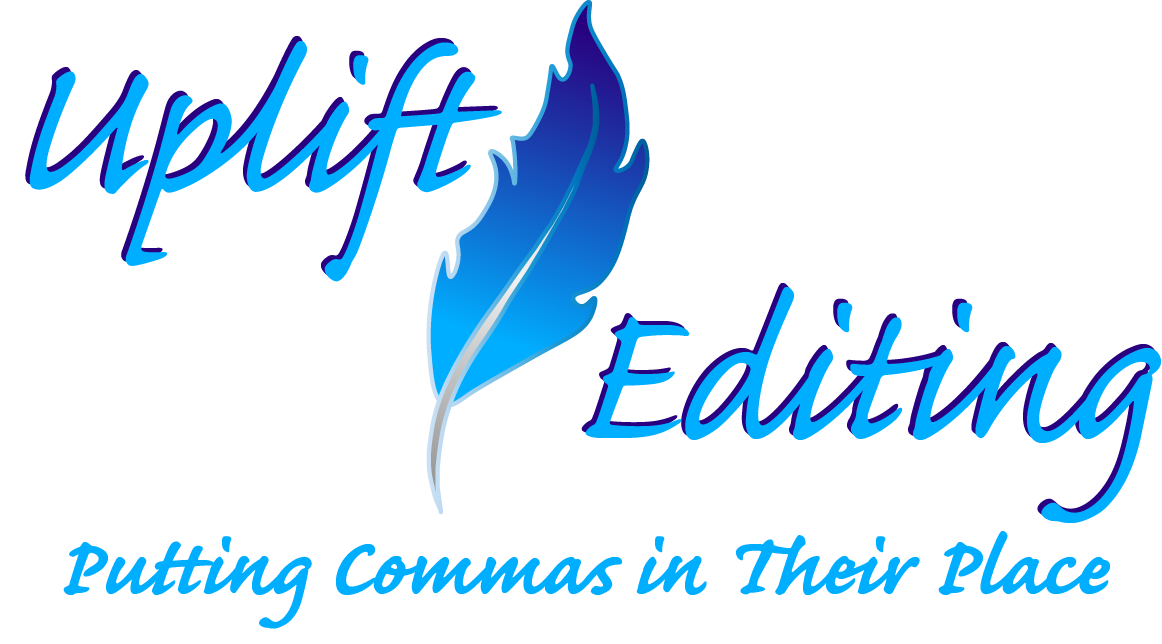- Plagiarism.org, “What does citation have to do with plagiarism?,” by Jonathan Bailey, September 25, 2017, https://plagiarism.org/blog/2017/09/25/what-does-citation-have-to-do-with-plagiarism.
- For the difference between plagiarism and copyright infringement, see Plagiarism Today, “The Difference Between Copyright Infringement and Plagiarism,” by Jonathan Bailey, October 7, 2013, https://www.plagiarismtoday.com/2013/10/07/difference-copyright-infringement-plagiarism.
- For a basic guide to the citation styles of the most popular style guides, see University of Pittsburgh, “Citation Styles: APA, MLA, Chicago, Turabian, IEEE,” last modified January 28, 2020, https://pitt.libguides.com/citationhelp.
- See Copyright.gov, “More Information on Fair Use,” accessed July 1, 2020, https://www.copyright.gov/fair-use/more-info.html.
